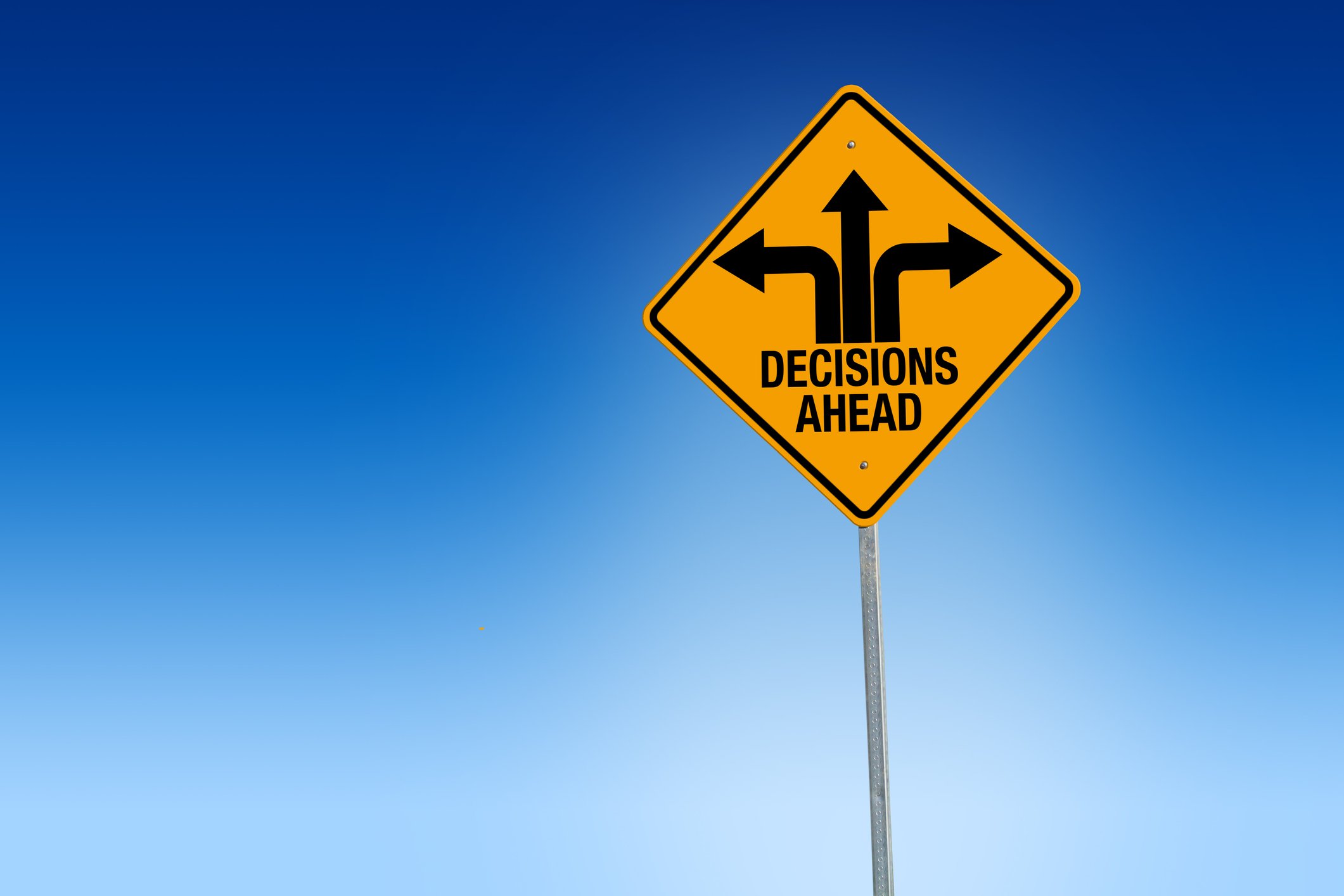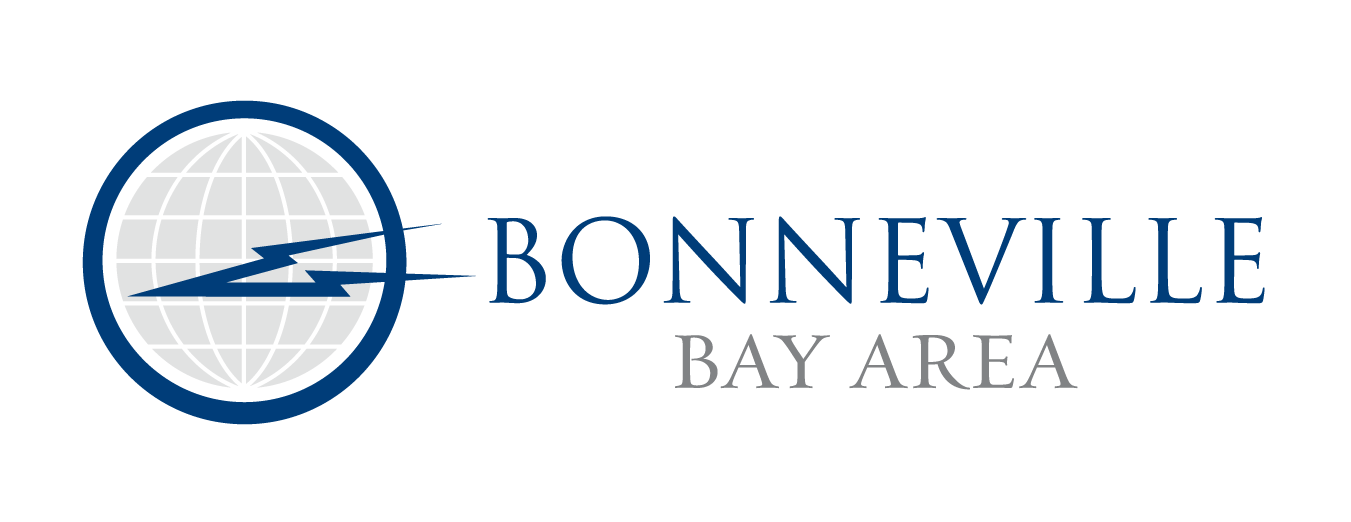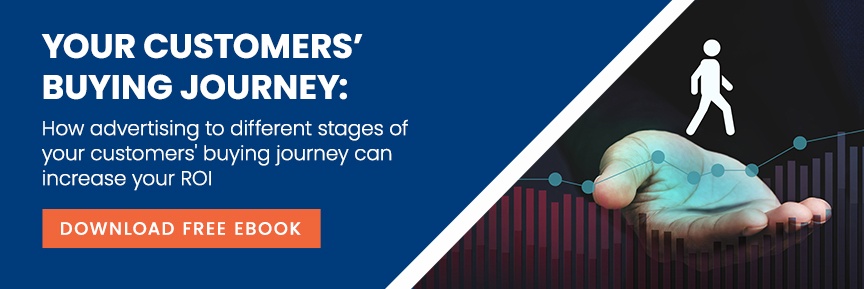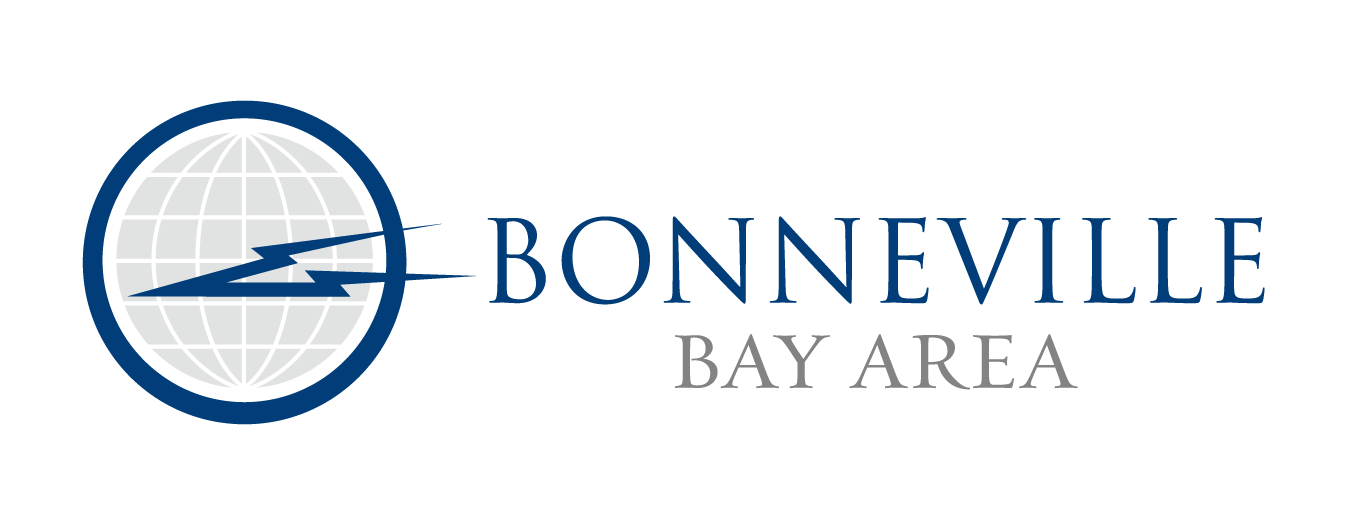 When customers visit your website for the first time, 92% of the time they aren't ready to make a purchase. Instead, they're there to do further research, check out your products, or visit other content your business has provided. Making a sale depends on moving prospects through the buyer's journey. Customers who do purchase on their first visit have already reached that critical decision stage.
When customers visit your website for the first time, 92% of the time they aren't ready to make a purchase. Instead, they're there to do further research, check out your products, or visit other content your business has provided. Making a sale depends on moving prospects through the buyer's journey. Customers who do purchase on their first visit have already reached that critical decision stage.
The Buyer's Journey
The buyer's journey is the process customers go through before deciding to make a purchase. The buyer’s journey starts with customers moving through the awareness stage, where they recognize a specific need. Then they move into the consideration stage, where they start to research and consider various options. Finally, they reach the decision stage. At this stage, customers are ready to make a purchase.
How can marketers determine when a prospect has reached the decision stage? It starts with watching their online behaviors and keeping up with critical metrics. Prospects in the decision stage may interact more directly with your website and social media pages. They may look for specific information related to their final decision or ask specific questions as they consider a product.
How a business interacts with the prospect during the decision stage determines whether that consumer will decide to buy from a specific business.
Touchpoints Along the Way
Proactively moving the prospect through the buyer's journey involves presenting the right touchpoints at each stage. Touchpoints are vital points of contact with a prospect: the interactions with your business. There are a variety of potential touchpoints from email to free consultations.
1. Email Marketing
Ideally, you want the prospect to provide their email address at an early stage in the buyer's journey. Often, you can acquire email addresses through gated content and access to your newsletters, which provide valuable sales, deals, and educational content for interested consumers. Once you have a prospect’s email, you can send a series of communications about your products and benefits over several days or weeks. As you decide what type of content to send, keep the buyer's journey and how long it takes the typical buyer to decide in mind.
2. Retargeting Ads
By placing a pixel on your website, you can use display advertising to expose high intent prospects to additional advertising about the products or services you offer. You can choose to directly target the consumers who have viewed specific products or services or who have left products in their shopping cart with ads that aim to bring them back to your site to make a purchase. Retargeting allows you to focus your advertising efforts on prospects that have already shown a high degree of interest in your brand.
3. Website Testimonials
Consumers trust the recommendations of your past customers. In today's virtual society, many people place just as much importance on online recommendations as they do on personal recommendations. The more information you can give about the consumer’s experience, the more credible the testimonial proves. Interested consumers like to see reviews, testimonials, and further evidence of the results customers received from your products.
4. Case Studies
Case studies go deeper into the customer’s experience than basic testimonials. They demonstrate how a customer used a product or service, and hints at what success looks like. The best case studies mention tangible results, whether in terms of revenue or other metrics. Case studies should display supporting photos and other information to speak to the results, all of which help a new prospect decide whether to trust your company.
5. Free Consultations
A free consultation is one of the easiest ways to get the prospect on the phone to start a dialogue. Consider the most common problems faced by your prospects, and offer to consult them on those pain points. The consultation should provide value to the prospect, even if they have not yet made a decision. It should give them a reason to call even if they are still on the fence about working with your company. A free consultation also lets you showcase how much value you can offer, which can help you stand out from your competitors.
Understanding the buyer's journey can go a long way toward helping you develop a stronger customer base and improving your ability to entice customers to choose your business. With these tactics and touchpoints, you can steadily move consumers to the decision phase while keeping them in your sales funnel, ultimately increasing conversions.




